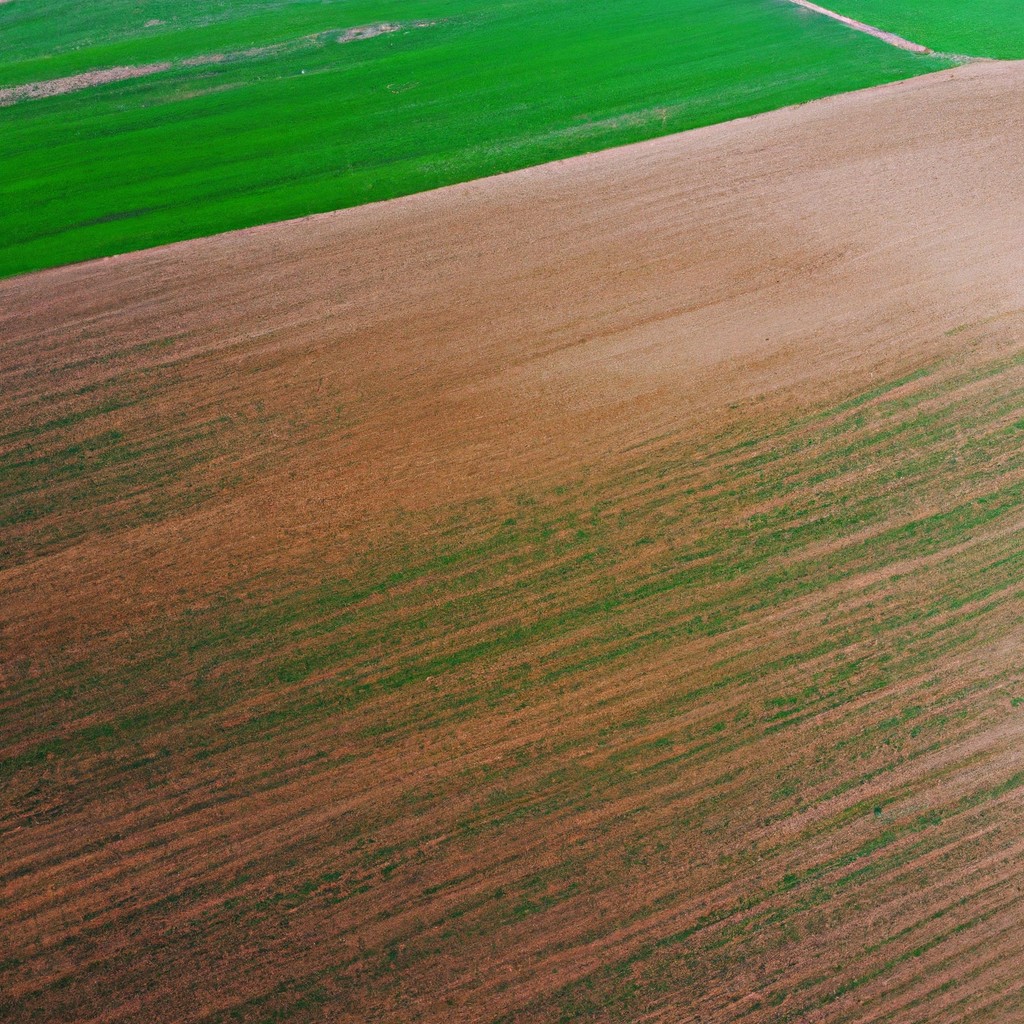This article explains how climate change is impacting agriculture and outlines sustainable farming practices that can help mitigate these effects.
Look Inside:
Changes in Agricultural Productivity

Rising temperatures and changing precipitation patterns directly influence crop yields. Warmer climates can speed up plant growth initially but reduce the time plants have to develop if temperatures rise too high. This can result in lower yields.
Droughts and floods, becoming more frequent due to climate change, affect soil quality and water availability. For example, prolonged dry periods deplete water sources for irrigation. On the flip side, unexpected floods can wash away fertile topsoil.
Increased carbon dioxide levels can boost growth in some plants, like rice and wheat, leading to higher yields. However, this benefit is often offset by the negative effects of higher temperatures and varying rainfall.
Pests and diseases also find a more favorable environment as climates warm. This leads to higher usage of pesticides, which not only raises costs for farmers but also poses long-term environmental risks.
Understanding these dynamics helps farmers and researchers develop strategies to adapt and possibly thrive under changing conditions.
Climate Change Impacts and Agricultural Adaptation
As temperatures rise and weather patterns become more erratic, farmers are facing significant challenges. The once predictable growing seasons are shifting, and unexpected frosts or droughts can ruin entire crops.
To cope, many in the agricultural sector are experimenting with new crop varieties that are more resistant to these stresses. Rice that can thrive in flooded fields or wheat that can grow in drier conditions are emerging as feasible solutions.
Water management is also crucial. Techniques such as drip irrigation help conserve water and ensure that crops get just the right amount needed. Additionally, farmers are incorporating weather forecasting tools to better plan their planting and harvesting schedules.
By adopting these strategies, agriculture is gradually becoming more adaptable to the changes brought about by our shifting climate. This proactive approach not only secures food production but also supports rural economies that rely heavily on farming.
Agricultural Production and Climate Change Mitigation
Agricultural activities contribute significantly to greenhouse gas emissions, primarily through methane from livestock and nitrous oxide from fertilized soils. Here are key strategies to mitigate these effects:
Crop rotation and soil management techniques improve soil health, increasing carbon sequestration, and reducing dependence on chemical fertilizers which are potent sources of nitrous oxide.
Introducing more perennial crops can also play a critical role. These plants have deep root systems that are excellent at storing carbon and can thrive with less fertilizer and pesticide than annual crops.
Precision farming employs technology to apply water, fertilizers, and pesticides more efficiently. This approach not only cuts emissions but also curtails runoff into rivers and streams, protecting ecosystems.
Cover cropping is another effective strategy. Cover crops like clover and hairy vetch fix nitrogen in the soil, improve soil water retention, and help prevent erosion.
By enhancing biodiversity and introducing better livestock management practices, farms can reduce methane emissions from enteric fermentation, a common digestive process in many farm animals.
Through these methods, agriculture can shift from being part of the problem to a vital part of the climate change solution.
Reducing Damage By Making Farms More Resilient
To minimize damage from climate impacts, enhancing farm resilience involves several strategic actions. Farmers can diversify their crops to include varieties that are more tolerant to heat, drought, and pests. This diversity not only reduces the risk of total crop failure but also improves soil health.
Incorporating agroforestry practices is another effective method. By integrating trees into farming landscapes, farmers can shield crops from extreme weather, enrich the soil, and boost water retention in the ground.
Water management strategies, such as the construction of efficient irrigation systems and rainwater harvesting techniques, play a crucial role. These systems aid farmers in conserving water and maintaining productivity during periods of water scarcity.
Lastly, investing in soil health through organic practices, like composting and using cover crops, can increase the soil’s organic matter. This enhances its capacity to absorb and retain moisture, making it more resilient to erosion and degradation.
Climate-smart Agriculture (CSA) Explained
Climate-smart agriculture combines three main objectives: increasing agricultural productivity, adapting and building resilience to climate change, and reducing greenhouse gas emissions where possible.
First off, integrating technologies like drought-resistant crops and improved irrigation systems can boost both yield and resilience. This helps farmers maintain productivity even as weather patterns shift and extreme events become more common.
On the adaptation side, new farming methods, such as agroforestry, enrich the soil and enhance biodiversity. This not only supports plant growth but also creates a buffer against climate impacts.
Lastly, implementing practices such as cover cropping and rotational grazing can naturally reduce the amount of carbon dioxide released into the atmosphere, hence mitigating climate change effects.
Adopting these strategies requires thorough planning and community involvement. By working together, farmers, governments, and organizations can help make agriculture part of the solution to climate change challenges.




